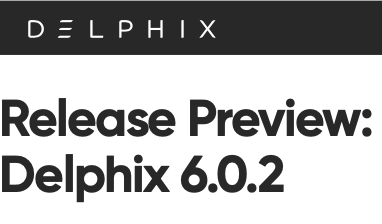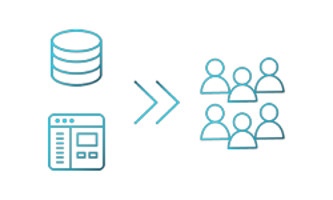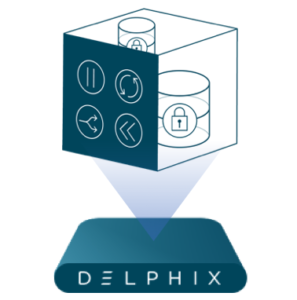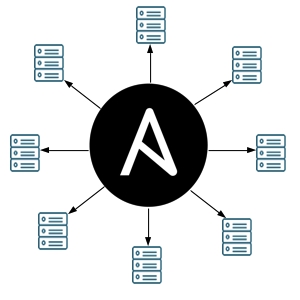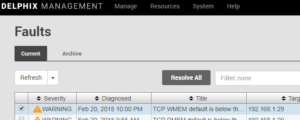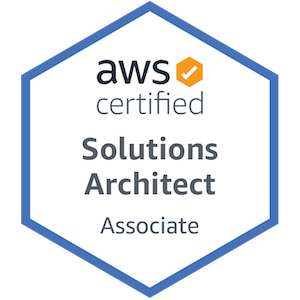
/* begin rant
Finally, after three attempts at sitting the AWS Certified Solutions Architect – Associate exam I got to actually do it this week. That’s not that I failed two times before, which I could have dealt with better, but the previous two attempts were remote exams via PearsonVUE where the online proctor didn’t show up!
It frustrated me enough the first time but the second time really did grind on me and I vowed not to try anymore online exams with PearsonVUE and wait for test centres to reopen, which some have now.
Continue reading “AWS Certified Solutions Architect”
Matt is a technology consultant with over 20 years experience helping organisations around the world achieve data success using proven and emerging technologies. He is the Principal Consultant and Head Trainer at Kuzo Data.
Connect with Matt on LinkedIn.
